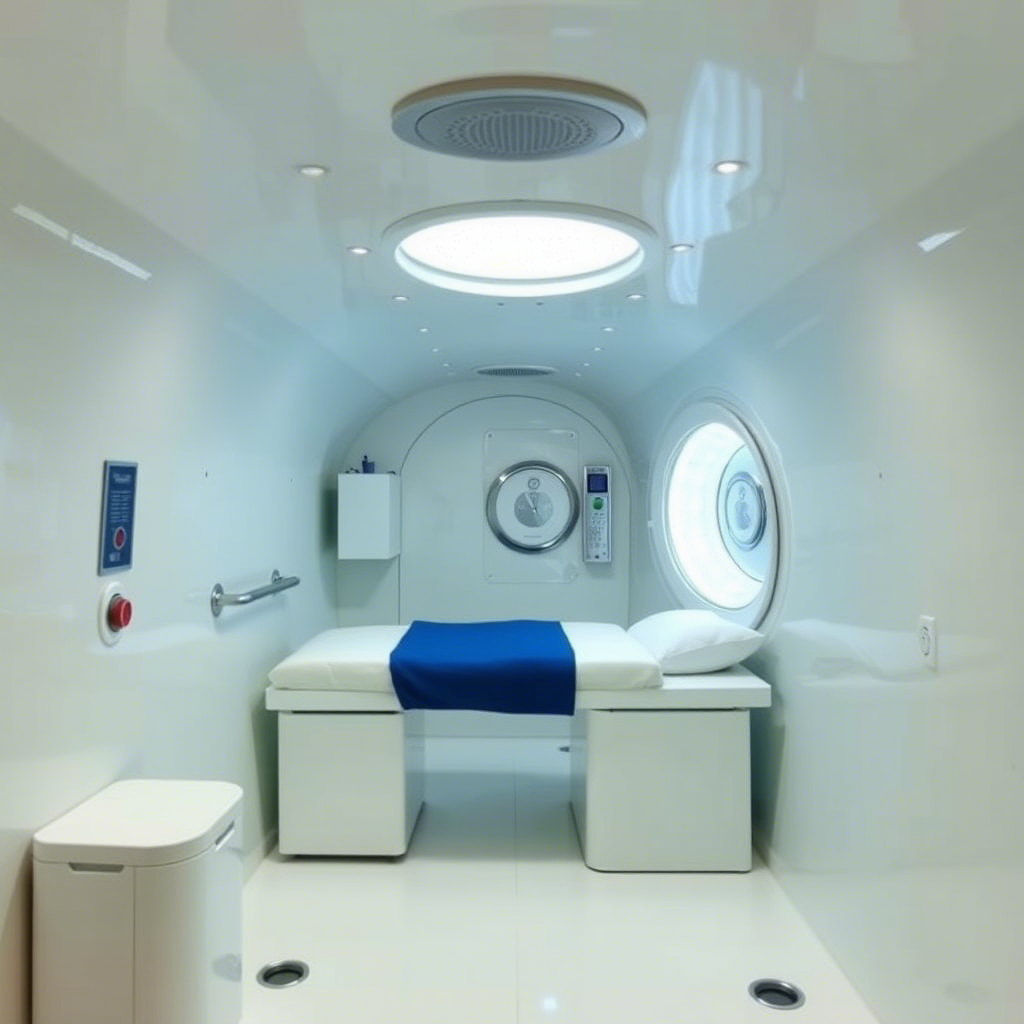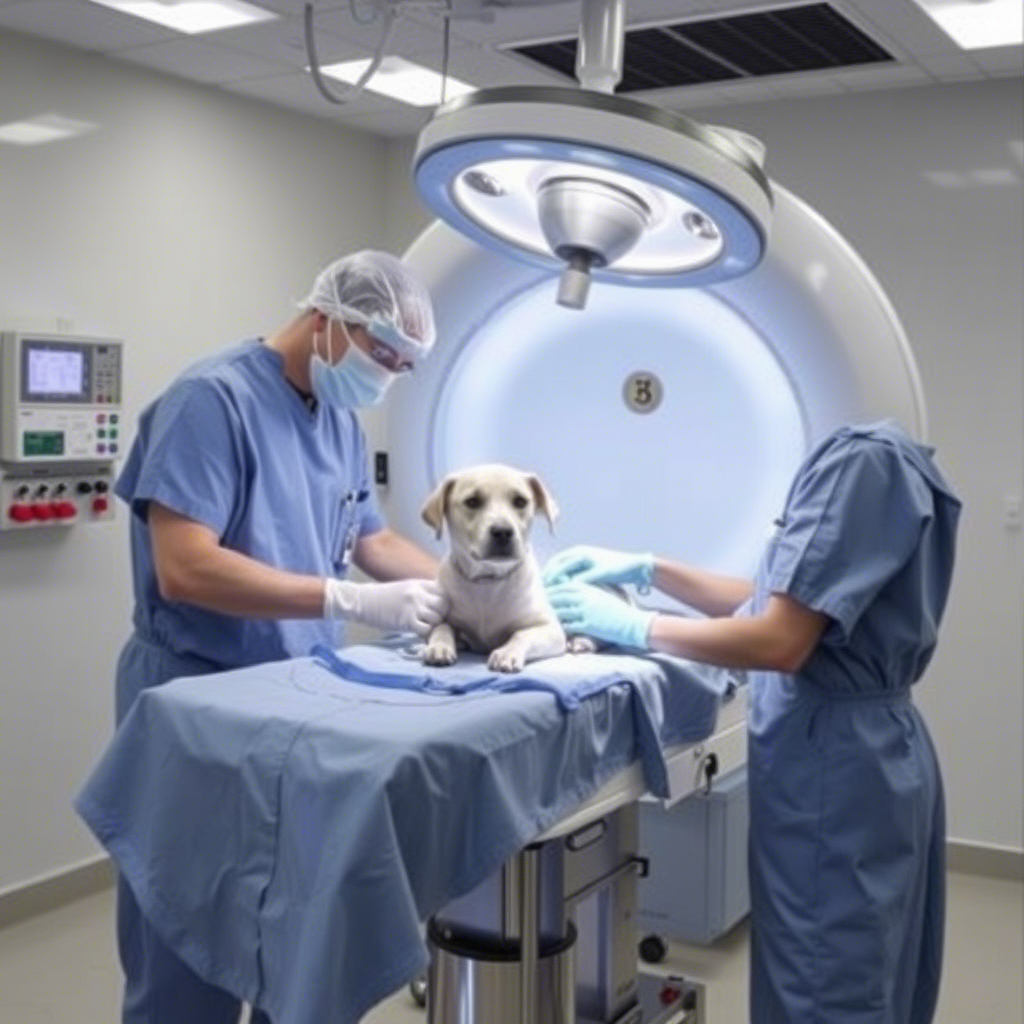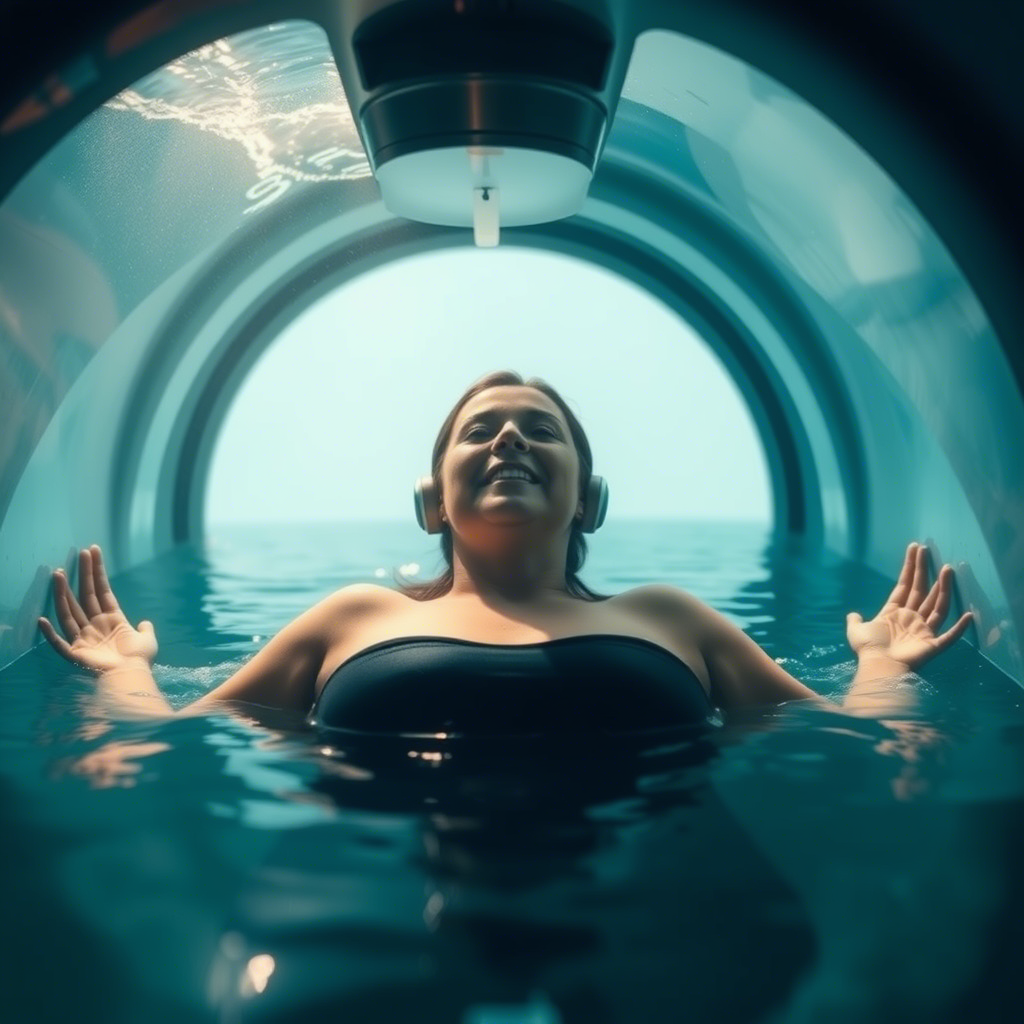VET HBOT is administered in a hyperbaric oxygen chamber, where animals breathe pure oxygen in a pressurized environment. The increased pressure allows oxygen to dissolve more easily in the bloodstream, which is then delivered to tissues and organs.
VET HBOT
Hyperbaric Oxygen Therapy (HBOT) has been a well-established treatment modality in human medicine for decades. However, its application in veterinary medicine, known as VET HBOT, is gaining significant attention due to its potential benefits for animals. VET HBOT involves the administration of 100% oxygen in a pressurized chamber, which enhances the body's natural healing processes. The therapy is used to treat a variety of conditions in animals, including wound healing, carbon monoxide poisoning, and certain types of infections.
The significance of VET HBOT lies in its ability to improve outcomes in animals that are not responding to conventional treatments. By increasing oxygen delivery to tissues, HBOT promotes healing, reduces inflammation, and enhances the effectiveness of other treatments. As the veterinary community continues to explore the potential of HBOT, it's essential to understand its applications, benefits, and the evidence supporting its use.
What is VET HBOT and How Does it Work?
VET HBOT is administered in a hyperbaric oxygen chamber, where animals breathe pure oxygen in a pressurized environment. The increased pressure allows oxygen to dissolve more easily in the bloodstream, which is then delivered to tissues and organs.
- The therapy is typically used for animals with conditions that are not responding to traditional treatments.
- The duration and frequency of HBOT sessions vary depending on the condition being treated and the individual animal's response.
 The interior of a hyperbaric oxygen chamber is designed to accommodate animals comfortably and safely during treatment.
The interior of a hyperbaric oxygen chamber is designed to accommodate animals comfortably and safely during treatment.
The mechanism behind HBOT involves the increased partial pressure of oxygen, which enhances the healing process by promoting collagen synthesis, improving wound oxygenation, and reducing bacterial growth. Studies have shown that HBOT can be beneficial for various conditions, including wound healing and post-surgical recovery.
Applications of VET HBOT in Veterinary Medicine
VET HBOT has a wide range of applications in veterinary medicine, from treating acute injuries to managing chronic conditions.
-
Wound healing: HBOT is used to treat complex wounds, such as those associated with diabetes or surgical complications.
-
Post-surgical recovery: HBOT can enhance recovery after surgery by reducing inflammation and promoting tissue repair.
-
Neurological conditions: Some studies suggest that HBOT may be beneficial for animals with neurological conditions, such as stroke or spinal cord injuries.

-
Veterinary HBOT treatment is tailored to the specific needs of each animal, with careful monitoring to ensure safety and efficacy.
For more information on the medical applications of HBOT, you can visit https://www.mbs-med.com/, a reputable source on hyperbaric oxygen therapy.
Benefits and Evidence Supporting VET HBOT
The benefits of VET HBOT are supported by a growing body of evidence from clinical studies and case reports.
-
Enhanced wound healing: Studies have demonstrated that HBOT can improve wound healing outcomes by promoting tissue oxygenation and reducing bacterial growth.
-
Reduced inflammation: HBOT has anti-inflammatory effects, which can be beneficial for animals with conditions characterized by inflammation.
-
Improved outcomes: HBOT can improve outcomes in animals with conditions such as carbon monoxide poisoning and certain types of infections.

-
Although the image depicts an underwater scene, it's worth noting that HBOT is typically administered in a dry hyperbaric chamber, not underwater.
Practical Considerations for Implementing VET HBOT
Implementing VET HBOT requires careful consideration of several factors, including the design and safety of the hyperbaric chamber, the training of personnel, and the selection of appropriate cases.
- Chamber design and safety: The hyperbaric chamber must be designed with safety features to prevent accidents and ensure the comfort of the animals.
- Personnel training: Staff should be trained in the administration of HBOT and in monitoring animals during treatment.
- Case selection: Careful selection of cases is crucial to ensure that HBOT is used effectively and safely.
For further reading on the technical aspects of hyperbaric oxygen therapy, you may find https://www.mbs-med.com/solutions/hyperbaric-oxygen-therapy/ to be a useful resource.
Future Directions for VET HBOT
As the use of VET HBOT continues to grow, there are several areas that warrant further research and development.
- Standardization of treatment protocols: Establishing standardized protocols for HBOT will help ensure consistency in treatment outcomes.
- Increased accessibility: Making HBOT more widely available will require the development of more hyperbaric chambers and trained personnel.
- Research into new applications: Ongoing research is needed to explore the potential benefits of HBOT for a wider range of conditions.
Conclusion
VET HBOT is a promising treatment modality that offers significant benefits for animals with various medical conditions. By understanding its applications, benefits, and the evidence supporting its use, veterinarians can make informed decisions about its use in clinical practice. As the field continues to evolve, it's likely that VET HBOT will become an increasingly important part of veterinary medicine, improving outcomes for animals and enhancing their quality of life.
